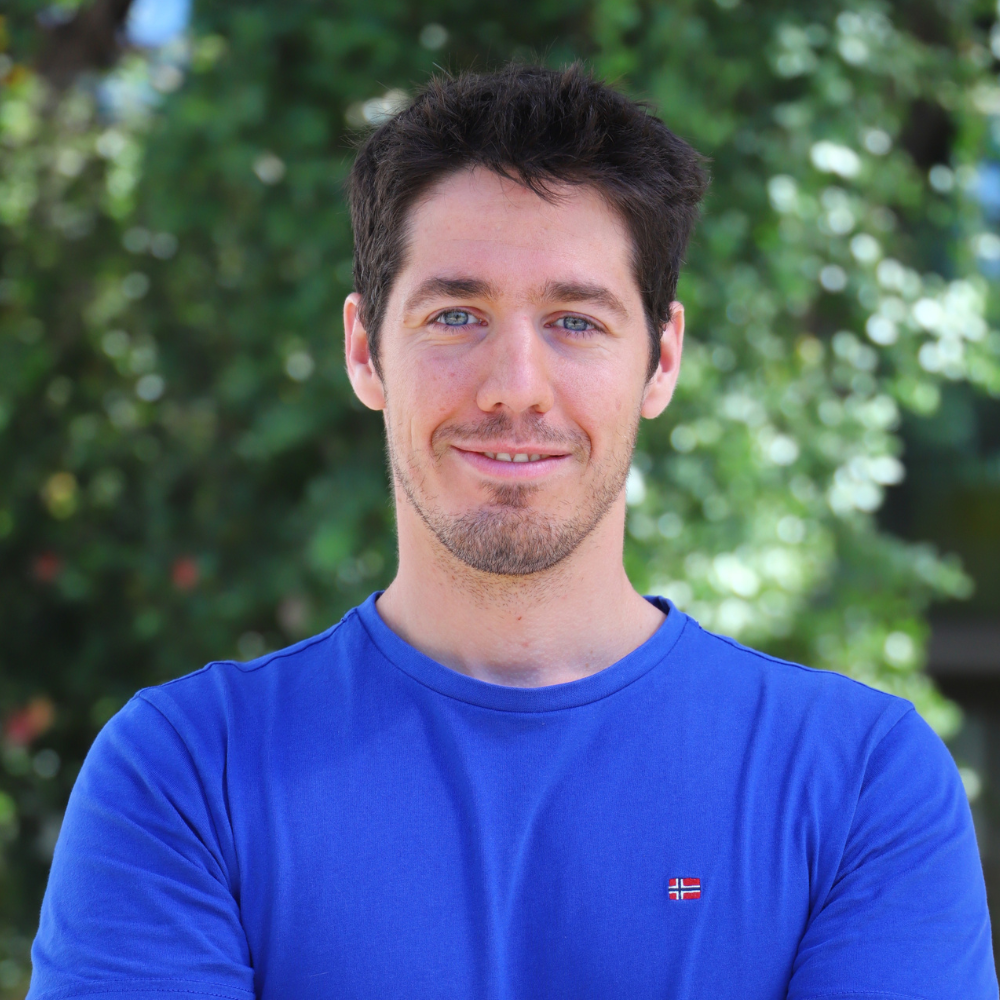Santiago Tassara ● Profesor Asistente

Doctor en Ciencias, Mención Geología; Universidad de Chile
Licenciado en Geología; Universidad Nacional de La Plata, Argentina
Descripción
Santiago Tassara recibió su entrenamiento académico en la Universidad Nacional de La Plata (Argentina), donde obtuvo su Licenciatura en Geología, en la Universidad de Barcelona (España), donde recibió el grado de Máster en Recursos Minerales, y en la Universidad de Chile, donde se graduó como Doctor en Ciencias, Mención Geología. Desde el 2019 hasta el 2022, se desempeñó como “Académico Postdoctoral Bateman” en la Universidad de Yale (EE. UU).
Su investigación busca comprender cómo los metales base y preciosos se concentran en la corteza terrestre formando depósitos minerales. Para esto, Santiago utiliza observaciones de campo en combinación con herramientas mineralógicas y geoquímicas para entender los procesos magmáticos y geodinámicos que controlan el flujo y concentración de elementos formadores de mena durante la evolución y migración de magmas y fluidos hidrotermales en la litosfera terrestre.
- REVISTA Geochimica et Cosmochimica Acta
- 2020
Post-melting oxidation of highly primitive basalts from the southern Andes
• Santiago Tassara • Martin Reich • Claudia Cannatelli • Brian A. Konecke • Dominica Kausel
- REVISTA Geology
- 2020
The deep magmatic cumulate roots of the Acadian orogen, eastern North America
• Santiago Tassara • Jay J. Ague • Victor Valencia •
- Enero 2024
- - Enero 2027
- Enero 2024
- - Enero 2028
Co-Investigador/a
- Enero 2023
- - Enero 2024